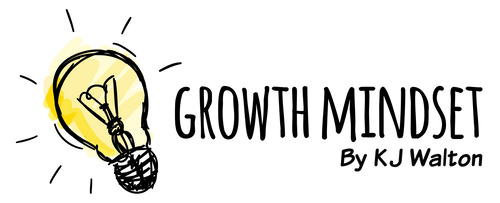Learning is an invisible, abstract concept.
When I walked into my garden recently, what I saw around me was an abundance of fragile and complex cobwebs. They were beautiful. I took notice of something that is always there around me because suddenly it was made obvious to me. These intricate cobwebs are there all the time but are invisible for the most part. I was alerted to their existence through the disruption of the frost.
This occurrence caused a connection in my brain. I realised that this connected to my Growth Mindset mission in two ways. The first of these being that as care givers, once we start to learn about what it means to have a growth mindset and why that is so necessary in the age in which we are living, we start to see conditions for learning in a new way. These are conditions that have been largely been made invisible to us because it is just the way society operates and therefore we may not question it. Many of the practises that we go through every single day may be moulding us as learners in a way that is not helpful. Once you begin to 'see' these things, you cannot 'unsee' them and therefore it can have a big impact on your behaviour, for yourself and consequently your children.
The second connnection I made with the cobwebs was that, in guiding children into a Growth Mindset way of thinking, we need to make the learning behaviours we are looking for, visible and explicit to young learners, particularly when those behaviours go against what children would naturally expect. That visibility comes largely through the language we use when we talk and through the behaviours we exhibit which should be considered. With enlightenment and a few small tweaks, we are powerful in supporting the development of learners with more resilience. Whilst the cobwebs have a fragility they have also intricate complexity that offers them the stability they need to stand up and be seen. They are also beautiful. Much like our little learners.
In the same way, as care givers, we need to make the invisible characteristics of good learning obvious to the learner and in so doing, set our high expectations. We must be the frost and make the invisible, visible. What we need to be highlighting is effective learning behaviours and in so doing, giving children ‘permission’ to behave in certain ways. We create the conditions by setting up the value systems and expectations and allowing them to see clearly them.
If you want a Growth Mindset learning culture, you must make the values within that system explicit, allowing them to be noticed. Some of these values may nudge against what children expect like, for instance, the recognition that we can make mistakes- we are not expected to get everything right first time when we are learning. As a teacher, I know this is a false expectation that children cultivate about themselves as learners very early on; they are quite taken aback when I say that I don’t expect to mark their books with all ticks when they are learning something new. Children can get really down on themselves when they feel they haven't 'got it all right'. It is such expectations that begin to shape how they view themselves as learners and as a consequence, how they view themselves. Our mindsets are hugely connected to an individual's mental health.
Explore what makes a growth mindset and why this way of thinking is so important, particularly for the times we are living in – my book, ‘The Mindset Guardian’ is a great place to start which then goes on to show you what things you can do every day to weave into family life the means by which to create that visibility. It’s not as tricky as you might think – you just need to have the invisible made visible to you and once you see it, you cannot unsee it. You will always be aware of it- just like the cobwebs. Once you have that awareness, you start to act and speak in the ways that will cultivate the Growth Mindset behaviours in those around you.
I have enjoyed having the cobwebs revealed to me, much as I continue to enjoy seeing how Growth Mindset practises can be another tool with which to equip both ourselves and our children into more resilient learners.

